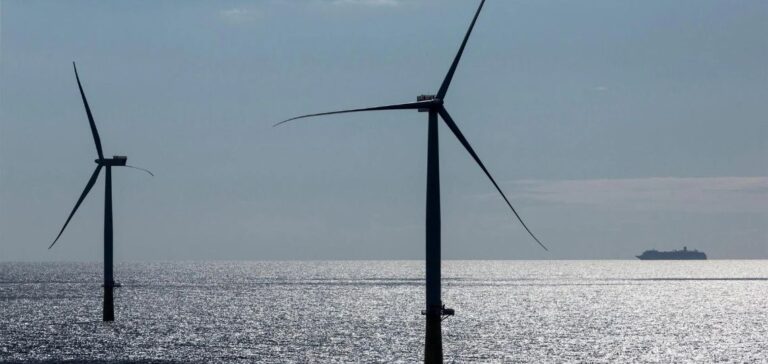Energy company Vattenfall AB has confirmed the final investment decision for the offshore wind farms Nordlicht 1 and 2, located in the German sector of the North Sea. Construction is set to begin in 2026, marking a key step in the company’s offshore wind development strategy. Upon commissioning in 2028, Nordlicht 1 will become the largest offshore wind project ever undertaken in Germany, with a net capacity exceeding 1.6 gigawatts.
A strategic partnership with BASF to secure supply
Vattenfall has also announced the repurchase of shares held by German chemical group BASF SE in the Nordlicht cluster. This transaction forms part of an extended collaboration agreement, securing BASF long-term access to renewable electricity. The supply will support its chemical production facilities in Europe, as demand for low-carbon energy continues to grow.
The turbines for both projects will incorporate towers made with low-emission steel, reducing the overall carbon footprint of the structures by approximately 16 percent. This approach aligns with Vattenfall’s industrial policy to limit the environmental impact of its operations.
A permit-dependent project for Nordlicht 2
While the investment decision for Nordlicht 1 has been fully confirmed, that of Nordlicht 2 remains subject to receipt of the necessary regulatory permits. Administrative procedures are ongoing, and no specific timeline has been disclosed for the remaining approvals.
The development of the Nordlicht cluster forms part of a broader wave of European investment in renewable energy, aimed at meeting the rising demand for non-fossil electricity across the continent. The project requires coordination with several industrial suppliers, although Vattenfall has yet to reveal the names of the companies involved in the supply chain.






















